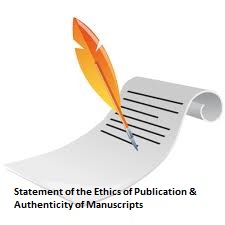Uji Aktivitas Scaffold Kolagen-Kitosan Terhadap Penyembuhan Luka Buatan pada Kulit Tikus (Rattus Norvegicus)
DOI:
https://doi.org/10.36341/jops.v8i1.5498Keywords:
Scaffold, Collagen-Chitosan, Wound Healing, Cell RegenerationAbstract
Wounds are disorders of the skin's protective function characterized by the loss of epithelial tissue continuity, either with or without damage to other tissues such as muscles, bones, and nerves. Scaffolds with porous structures play an important role in supporting cell function and helping the formation of new tissues or organs. The design of scaffolds for tissue engineering must meet several criteria, such as having a surface that supports cell adhesion, stimulates cell growth, and maintains differentiated cells. In this study, scaffolds were made using chitosan and collagen. Chitosan is known to stimulate cell proliferation, increase collagen formation, and accelerate epithelial cell regeneration in injured skin. Meanwhile, collagen is considered a very promising material in tissue engineering because of its biocompatible, biodegradable, and low antigenicity properties. The results showed that collagen-chitosan scaffolds with added glycerol were able to accelerate wound healing in mouse skin. On the 16th day, the wound healing process was already visible in the scaffold group with a ratio of 80:20:20, while on the 17th day there was no significant difference between the comparison group and the 70:30:20 (F2) and 80:20:20 (F3) scaffold groups. This shows that the better the combination of collagen and chitosan, the faster the wound healing process. Higher collagen concentrations in chitosan scaffolds have been shown to be effective in increasing regeneration and accelerating wound healing.
Downloads
Downloads
Published
How to Cite
Issue
Section
License
1. Copyright of all journal manuscripts is held by the JOPS (Journal Of Pharmacy and Science)
2. Formal legal provisions to access digital articles of electronic journal are subject to the provision of the Creative Commons Attribution-ShareAlike license (CC BY-NC-SA), which means that JOPS (Journal Of Pharmacy and Science) is rightful to keep, transfer media/format, manage in the form of databases, maintain, and publish articles.
3. Published manuscripts both printed and electronic are open access for educational, research, and library purposes. Additiponally, the editorial board is not responsible for any violations of copyright law.
licensed under a Creative Commons Attribution-ShareAlike 4.0 International License.










